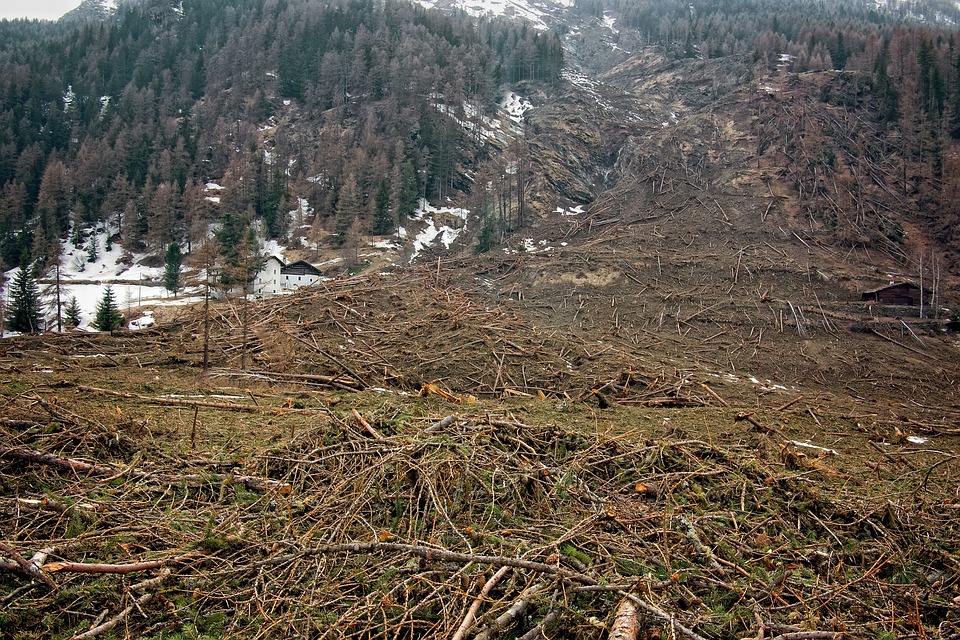What Is The Climate Like At 90 Degrees South Latitude?
At 90 degrees south latitude, the climate is one of extreme cold. This location is the farthest point from the equator and is located in the middle of the Southern Ocean. Temperatures at this location can reach as low as -90 degrees Celsius, making it the coldest place on Earth. The air pressure is also significantly lower than at other locations, making it a harsh environment for any life to survive.
Wind
Winds at 90 degrees south latitude can reach speeds of up to 60 mph. These winds are caused by the combination of cold air from the poles and warm air from the equator. The winds are strong enough to create large waves on the ocean, making it difficult for vessels to navigate in the area.
Sea Ice
The sea ice at 90 degrees south latitude is extremely thick and can reach depths of up to 10 feet. This sea ice is formed from the combination of the cold air from the poles and warm air from the equator. The ice can be up to 25 feet thick in some areas, making it difficult for ships to pass through.
Precipitation
Precipitation in this area is minimal due to the cold temperatures. Snow and ice are the primary forms of precipitation, with snowfall occurring most often during the winter months. The snowfall is light, and the ice is thick enough to make travel difficult.
Marine Life
Marine life in this area is limited due to the extreme cold temperatures. There are some species of fish and other sea creatures that can survive in the area, but they are few in number. Polar bears, penguins, and seals are among the few species that can be found in this area.
Conclusion
The climate at 90 degrees south latitude is one of extreme cold. The air pressure is low, the winds are strong, and the sea ice is thick. Precipitation is minimal, and the marine life is limited. Despite the harsh conditions, some species of animals and fish are able to survive in the area.

Kyle Whyte is a notable scholar and professor at the University of Michigan, holding positions such as the George Willis Pack Professor in the School for Environment and Sustainability and Professor of Philosophy. Specializing in environmental justice, his work critically examines climate policy and Indigenous peoples’ ethics, emphasizing the nexus between cooperative scientific endeavors and Indigenous justice. As an enrolled Citizen Potawatomi Nation member, he brings a vital perspective to his roles as a U.S. Science Envoy and member of the White House Environmental Justice Advisory Council. His influential research is supported by various prestigious organizations including the National Science Foundation, and disseminated through publications in high-impact journals. Kyle actively contributes to global Indigenous research methodologies and education, with affiliations to numerous institutes and societies dedicated to traditional knowledge and sustainability. Recognized for his academic and community engagement, Kyle has earned multiple awards and served in various visiting professorships. His efforts extend to leadership positions on boards and committees focused on environmental justice nationwide.
